Fish Production And Management Techniques Farm-made Aquafeeds
Fish production is an important aspect of the world's food industry. As we all know, fish is a valuable source of protein and essential nutrients. Whether for commercial purposes or personal consumption, fish production plays a significant role in meeting the global demand for seafood. In this post, we will explore various aspects of fish production and discuss ways to improve it.
FISH PRODUCTION
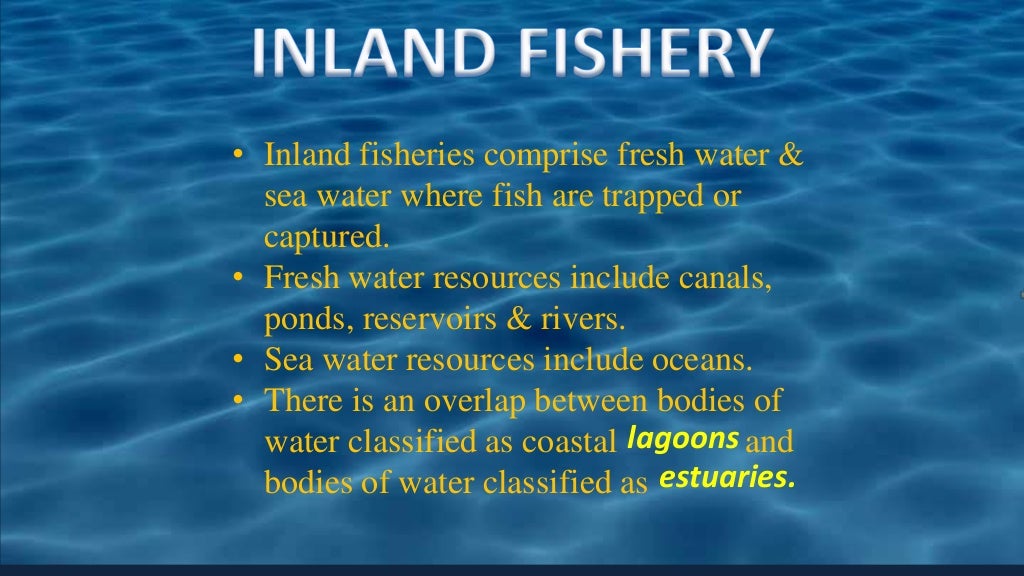
Fish production refers to the process of cultivating or capturing fish for human consumption. It involves various activities, including fish farming, fishing in natural water bodies, and aquaculture. Fish production methods can vary depending on the location, available resources, and desired outcomes.
Fish farming, also known as aquaculture, is the practice of raising fish in controlled environments, such as tanks or ponds. This method allows for selective breeding, efficient feeding, and disease control, resulting in higher yields and better quality fish. It is a sustainable alternative to wild fishing and can help meet the growing global demand for seafood.
On the other hand, fishing in natural water bodies involves capturing fish from rivers, lakes, or oceans. This method can be done using various techniques, such as net fishing, trawling, or angling. However, overfishing and destructive fishing practices can have significant negative impacts on fish populations and the environment. Therefore, it is essential to implement responsible fishing practices to ensure the long-term sustainability of fish stocks.
Fish production plays a vital role in supporting the livelihoods of millions of people worldwide. It provides employment opportunities for fishermen, fish farmers, and those involved in processing and distributing fish products. Additionally, it contributes to the economy through trade and export of seafood products.
Management of fish production

The management of fish production involves various practices and strategies to ensure optimal growth, health, and sustainability of fish populations. Proper management is crucial for maximizing productivity and minimizing the negative impacts on the environment.
One aspect of fish production management is maintaining suitable water quality parameters. Different fish species have specific requirements for temperature, oxygen levels, pH, and salinity. It is essential to monitor and adjust these parameters accordingly to create an ideal environment for fish growth.
Another important aspect is the proper feeding and nutrition of the fish. Fish require a balanced diet containing essential nutrients, including proteins, carbohydrates, fats, vitamins, and minerals. Feeding strategies can vary depending on the fish species and their development stages. Overfeeding or underfeeding can lead to health issues and decreased productivity. Therefore, it is crucial to provide the right amount and type of feed to ensure optimal growth.
Disease prevention and control are also critical in fish production management. Fish are vulnerable to various diseases caused by bacteria, viruses, parasites, and fungi. Regular health checks, proper sanitation, and vaccination can help prevent disease outbreaks. In case of an outbreak, prompt diagnosis and appropriate treatment measures should be implemented to minimize losses.
Furthermore, sustainable fish production management includes regulating fishing practices to prevent overfishing and protect endangered species. This may involve setting catch limits, implementing size restrictions, and establishing marine protected areas. Such measures are essential to maintain healthy fish populations and preserve biodiversity.
Ways to improve fish production

Continuous efforts are being made to enhance fish production and meet the growing demand for seafood. Here are some ways in which fish production can be improved:
1. Technology adoption: The use of innovative technologies can greatly enhance fish production. Techniques such as recirculating aquaculture systems, automated feeding systems, and water quality monitoring devices can optimize fish farming operations and improve productivity.
2. Sustainable practices: Implementing sustainable fishing and fish farming practices is crucial for long-term fish production. This includes avoiding overfishing, following responsible fishing methods, and reducing environmental impacts through proper waste management.
3. Genetic improvement: Selective breeding programs can be implemented to develop fish strains with desirable traits, such as faster growth, disease resistance, and improved feed conversion efficiency. This can lead to higher yields and better quality fish.
4. Integrated farming systems: Combining fish farming with other agricultural practices, such as aquaponics or integrated multi-trophic aquaculture, can promote resource efficiency and diversify income sources.
5. Research and development: Continual research and development efforts can lead to advancements in fish production techniques, disease prevention methods, and feed formulations. This can contribute to the overall improvement of fish production practices.
6. Capacity building and education: Providing training and education to fish farmers, fishermen, and other stakeholders in the industry can enhance their knowledge and skills. This enables them to adopt best practices and improve their productivity and livelihood.
7. Collaboration and knowledge sharing: Encouraging collaboration among fish producers, researchers, and policymakers can foster knowledge sharing and exchange of best practices. This collective effort can contribute to the sustainable growth of fish production.
Fish production systems in Africa

In Africa, fish production systems vary depending on the geographical location and available resources. Here are some common fish production systems in Africa:
1. Pond fish farming: Small-scale farmers in Africa often practice pond fish farming, where fish are raised in earthen ponds or concrete tanks. This system allows for controlled feeding, disease prevention, and water quality management.
2. Cage culture: In certain African regions with large water bodies, cage culture is practiced. Floating cages are used to raise fish in natural water reservoirs, such as lakes or rivers. This method can be more cost-effective and utilizes the natural productivity of the water bodies.
3. Rice-fish farming: Rice-fish farming is a traditional method practiced in some African countries, particularly in areas where rice cultivation is common. Fish are reared in rice fields, benefitting from the nutrient-rich environment created by the rice plants.
4. Integrated aquaculture: Integrated aquaculture systems, such as fish-poultry or fish-pig farming, are gaining popularity in Africa. These systems utilize the symbiotic relationship between different species to optimize resource utilization and productivity.
5. Capture fisheries: Fishing in natural water bodies, including rivers, lakes, and coastal areas, is still an important source of fish in Africa. However, sustainable fishing practices and management measures are required to prevent overexploitation and protect fish stocks.
Conclusion
Fish production is a crucial component of the global food industry, providing a valuable source of protein and nutrients. Whether through fish farming or fishing in natural water bodies, responsible practices and management are necessary to ensure sustainable production and preserve fish populations. By adopting innovative technologies, implementing sustainable practices, and investing in research and education, we can improve fish production and meet the increasing demand for seafood. It is essential to prioritize the long-term health of fish populations and the environment to secure the future of fish production.
If you are searching about Left: Global fish production from fishery and aquaculture 1950 -2012 you've came to the right page. We have 30 Pics about Left: Global fish production from fishery and aquaculture 1950 -2012 like Domestic Fish Production Records 0.8% Rise - Business Post Nigeria, Fish farms to produce nearly two thirds of India's fish supply by 2030 and also Left: Global fish production from fishery and aquaculture 1950 -2012. Here it is:Left: Global Fish Production From Fishery And Aquaculture 1950 -2012
 www.researchgate.net
www.researchgate.net aquaculture fishery fao adapted 2030
Different Fish Production Systems | Download Scientific Diagram
 www.researchgate.net
www.researchgate.net Fish Production Systems In Africa | Timbuktu Chronicles
 timbuktuchronicles.blogspot.com
timbuktuchronicles.blogspot.com FISH PRODUCTION
 www.slideshare.net
www.slideshare.net Management Of Fish Production
 www.slideshare.net
www.slideshare.net Fish Farms To Produce Nearly Two Thirds Of India's Fish Supply By 2030
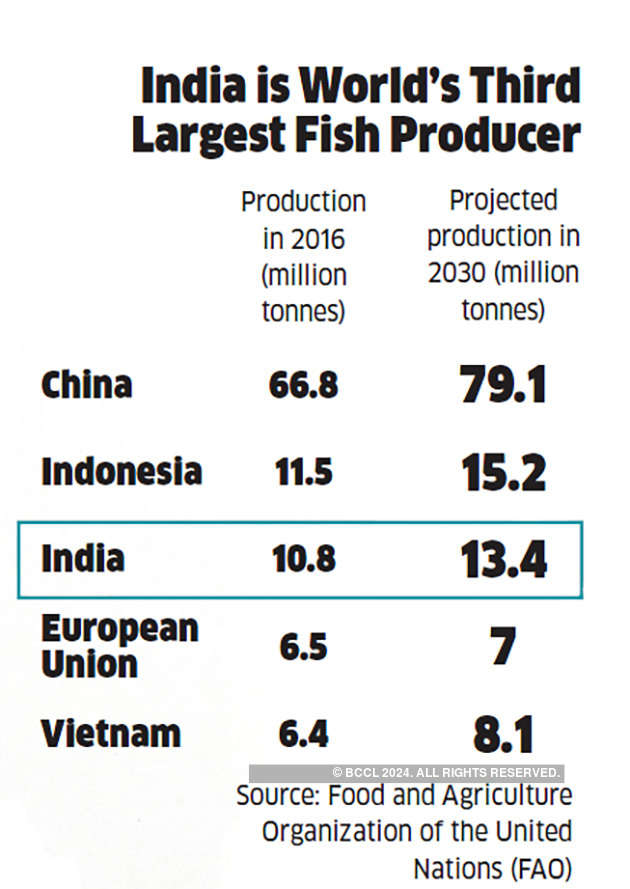 economictimes.indiatimes.com
economictimes.indiatimes.com fish india production aquaculture two produce thirds nearly farms 2030 supply freshwater institute earn farmer lakh rs says could around
FISH PRODUCTION
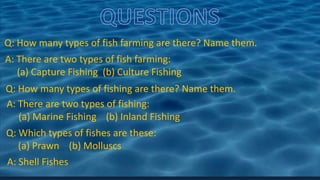 www.slideshare.net
www.slideshare.net FISH PRODUCTION
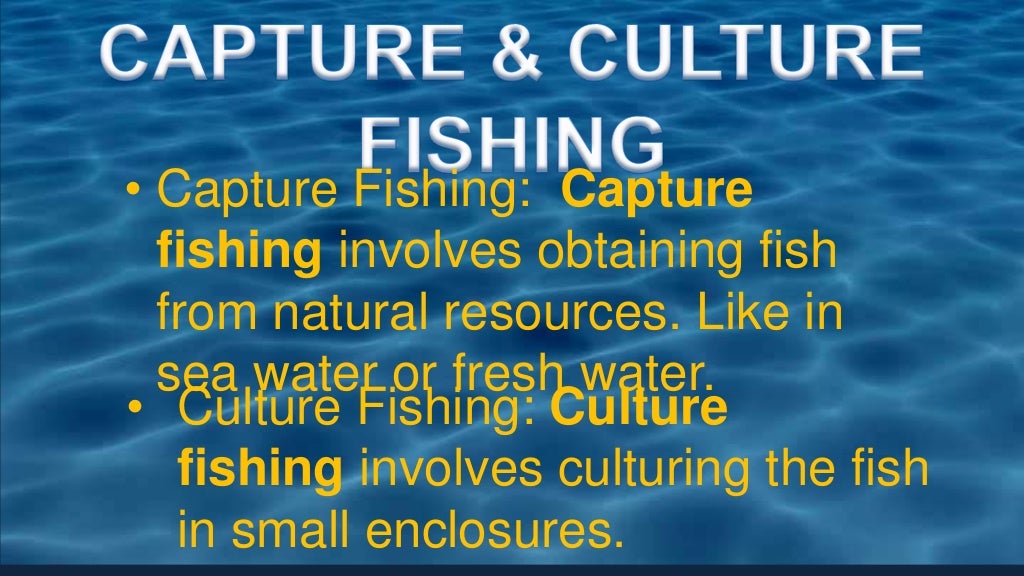 www.slideshare.net
www.slideshare.net Domestic Fish Production Records 0.8% Rise - Business Post Nigeria
fish production nigeria lanka sri udawalawe domestic rise records srilanka import 800m hits bill annual catla businesspost ng dailly
Management Of Fish Production
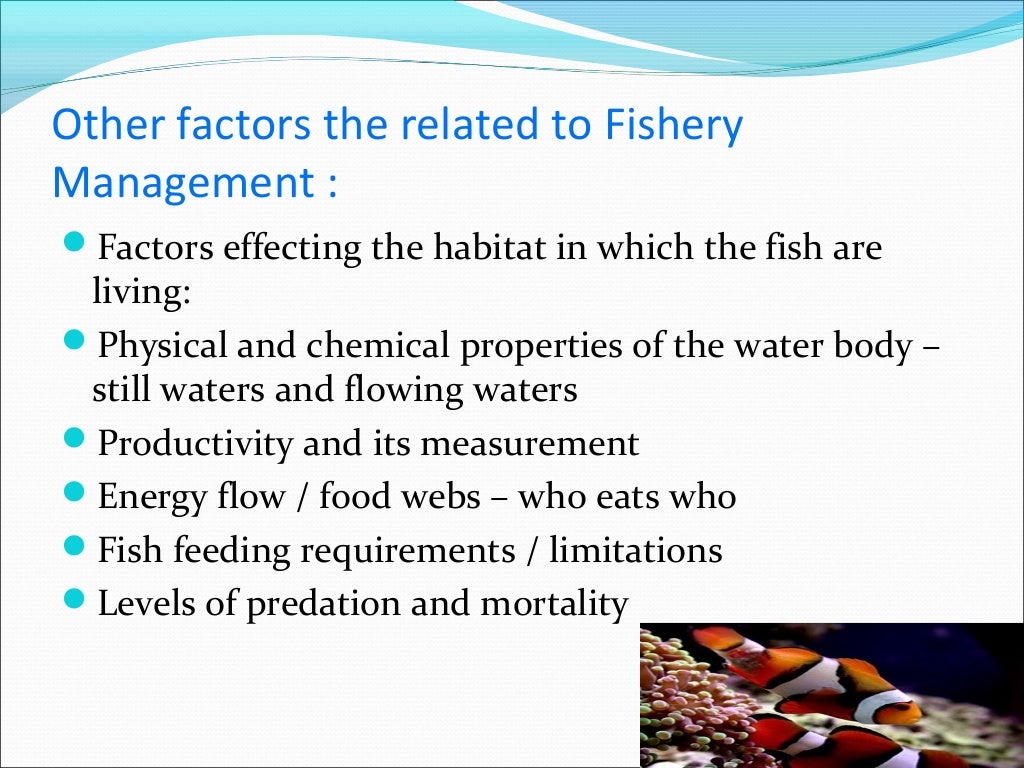 www.slideshare.net
www.slideshare.net (PDF) FISH PRODUCTION
 www.researchgate.net
www.researchgate.net Farm-made Aquafeeds
fish figure philippines farm production 1991 value
Cargill's Big Bet On Fish--and The Industry's Challenges Ahead
 www.forbes.com
www.forbes.com industry fish bet challenges ahead aquaculture cargill
Ways To Improve Fish Production - Flipboard
 flipboard.com
flipboard.com straitstimes
Fish Production
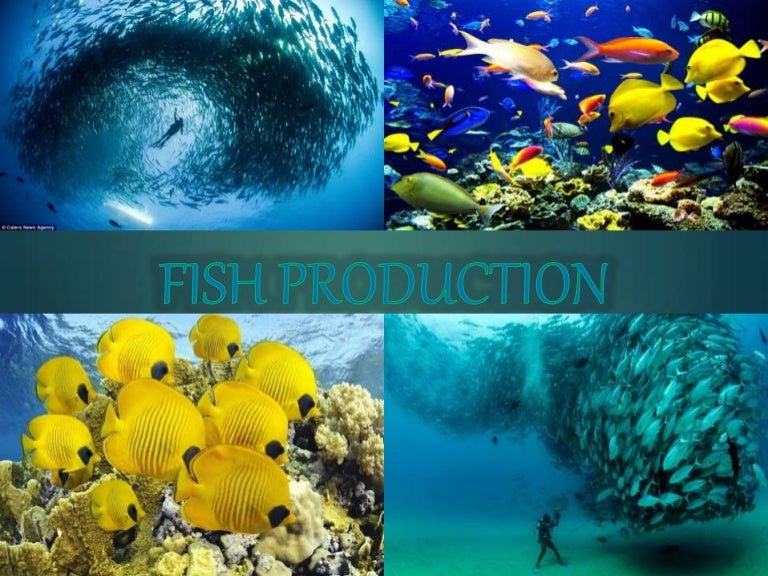 www.slideshare.net
www.slideshare.net fish production
Fish Farming, Classification Of Fish Production Systems, Types Of
 bivatec.com
bivatec.com Fish Production Systems In Africa | Timbuktu Chronicles
 timbuktuchronicles.blogspot.com
timbuktuchronicles.blogspot.com okafor emeka
Management Of Fish Production
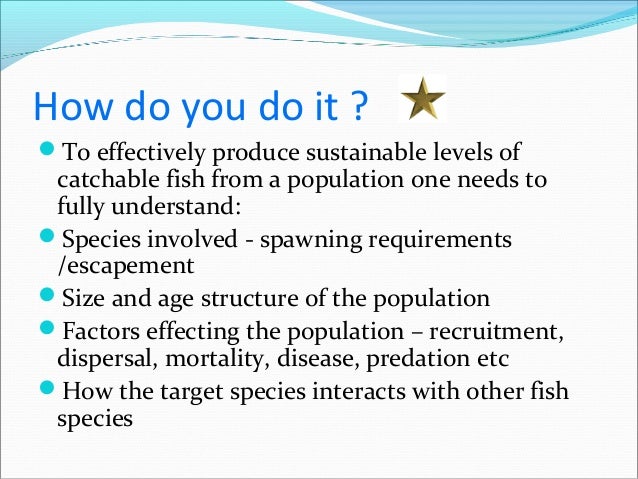 www.slideshare.net
www.slideshare.net factors
Management Of Fish Production
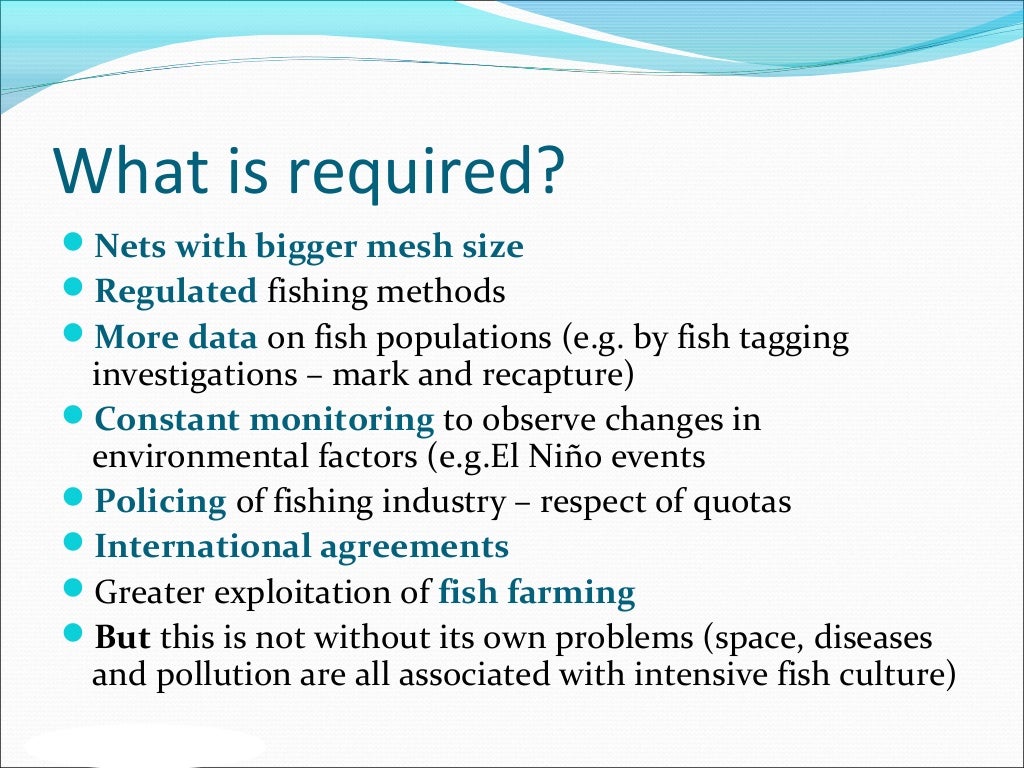 www.slideshare.net
www.slideshare.net Management Of Fish Production
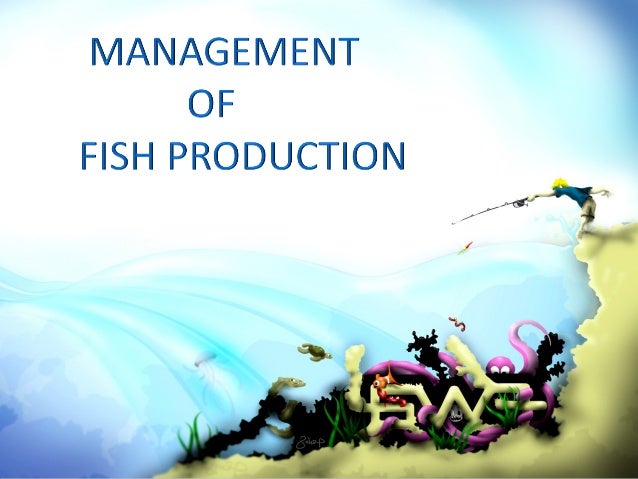 www.slideshare.net
www.slideshare.net fish management production slideshare fishery
Infographics | Mapping Ocean Wealth
infographics fish production resources ocean
FISH PRODUCTION
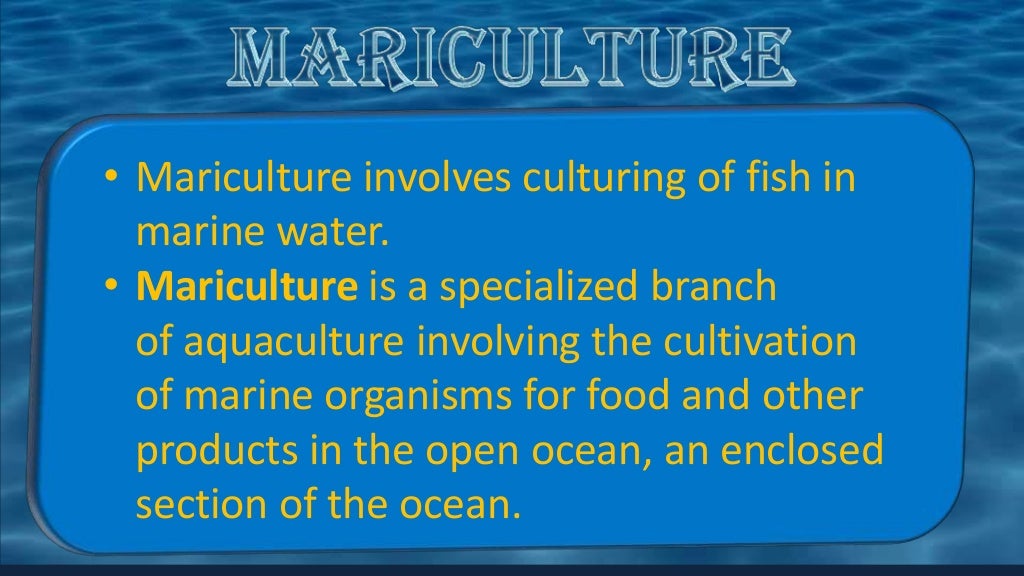 www.slideshare.net
www.slideshare.net Fish Farms To Produce Nearly Two Thirds Of India's Fish Supply By 2030
 economictimes.indiatimes.com
economictimes.indiatimes.com fish production india nearly produce farms thirds 2030 supply two contributes domestic agricultural gross around also over
Fish Production
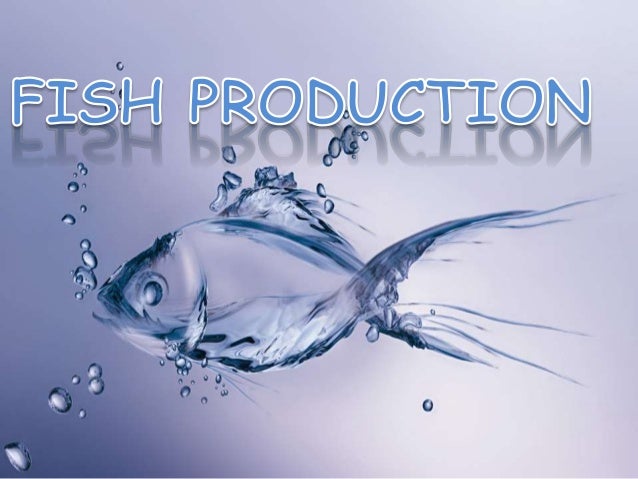 www.slideshare.net
www.slideshare.net fish production slideshare
Management Of Fish Production
 www.slideshare.net
www.slideshare.net FISH PRODUCTION
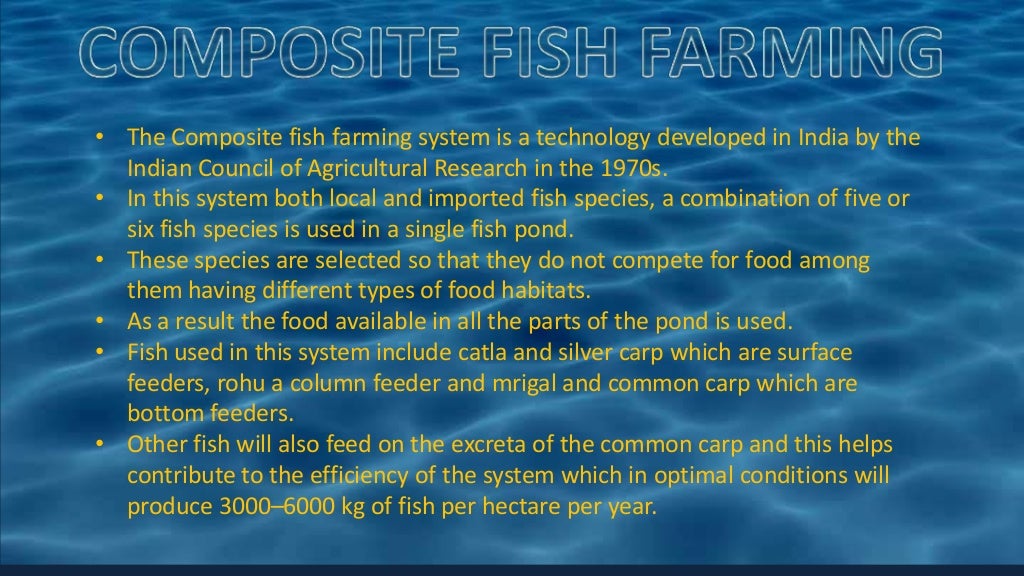 www.slideshare.net
www.slideshare.net FISH PRODUCTION
 www.slideshare.net
www.slideshare.net FISH PRODUCTION
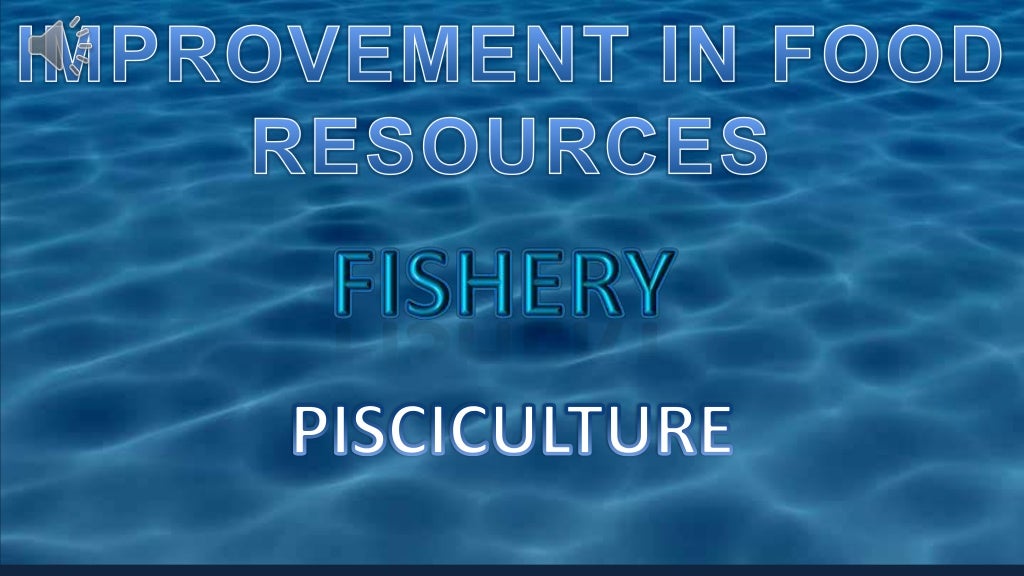 www.slideshare.net
www.slideshare.net FISH PRODUCTION
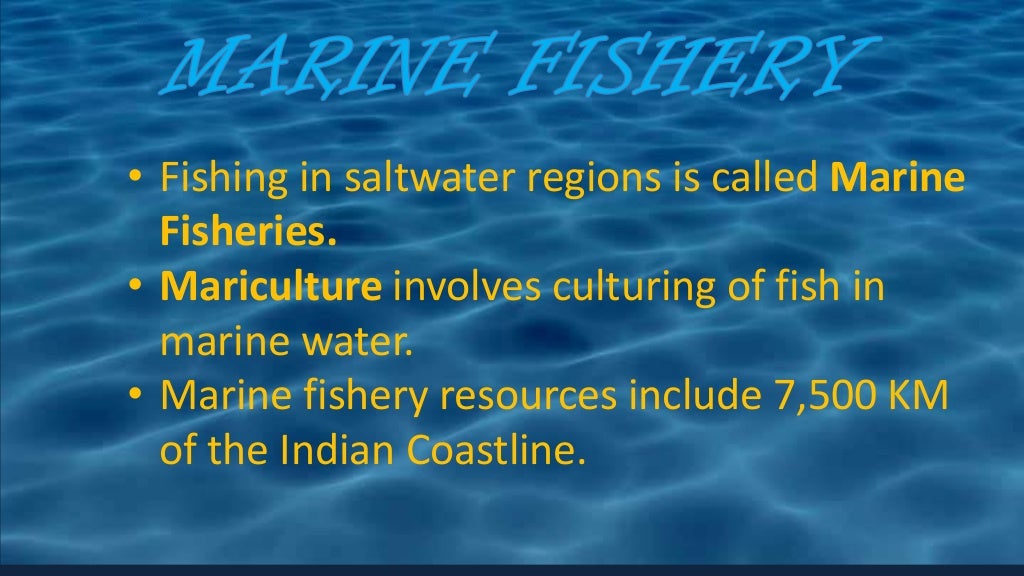 www.slideshare.net
www.slideshare.net FISH PRODUCTION
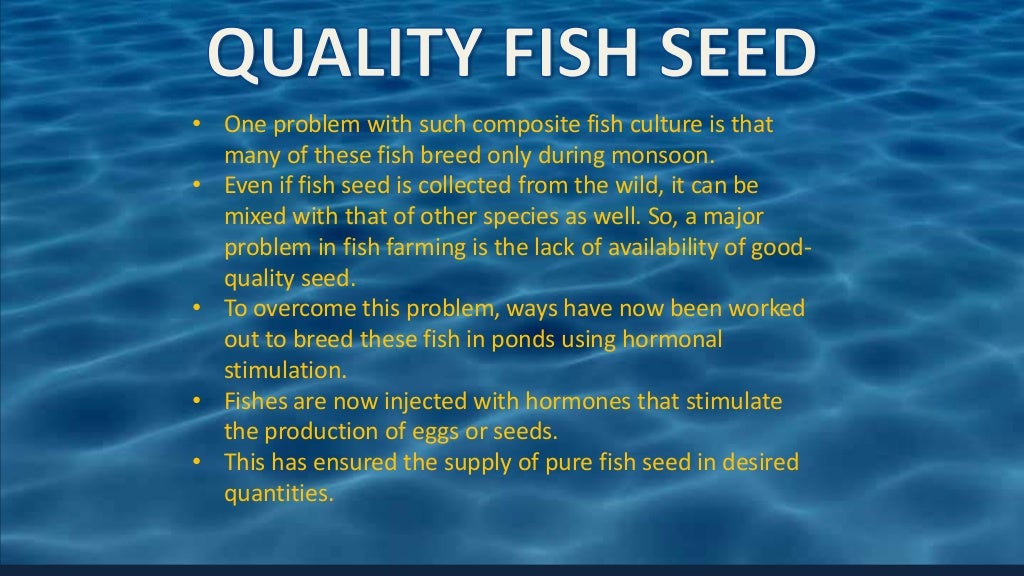 www.slideshare.net
www.slideshare.net Fish production. Left: global fish production from fishery and aquaculture 1950 -2012. Ways to improve fish production
Post a Comment for "Fish Production And Management Techniques Farm-made Aquafeeds"